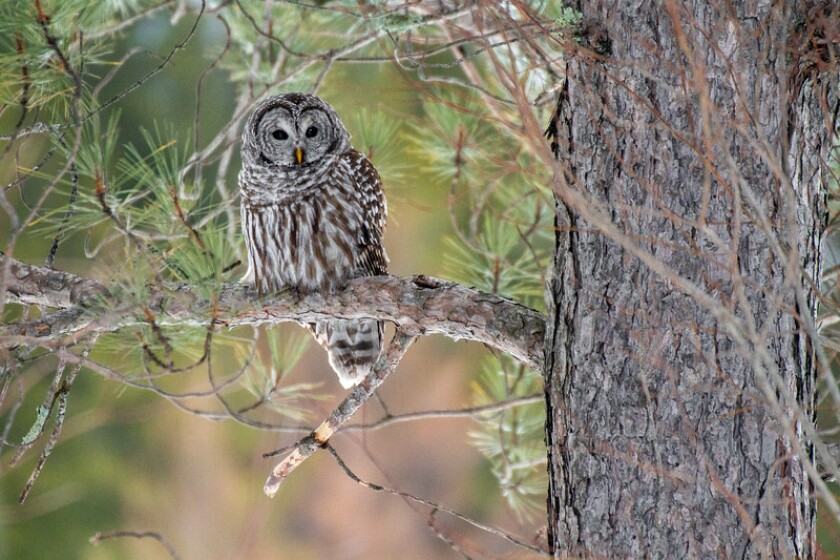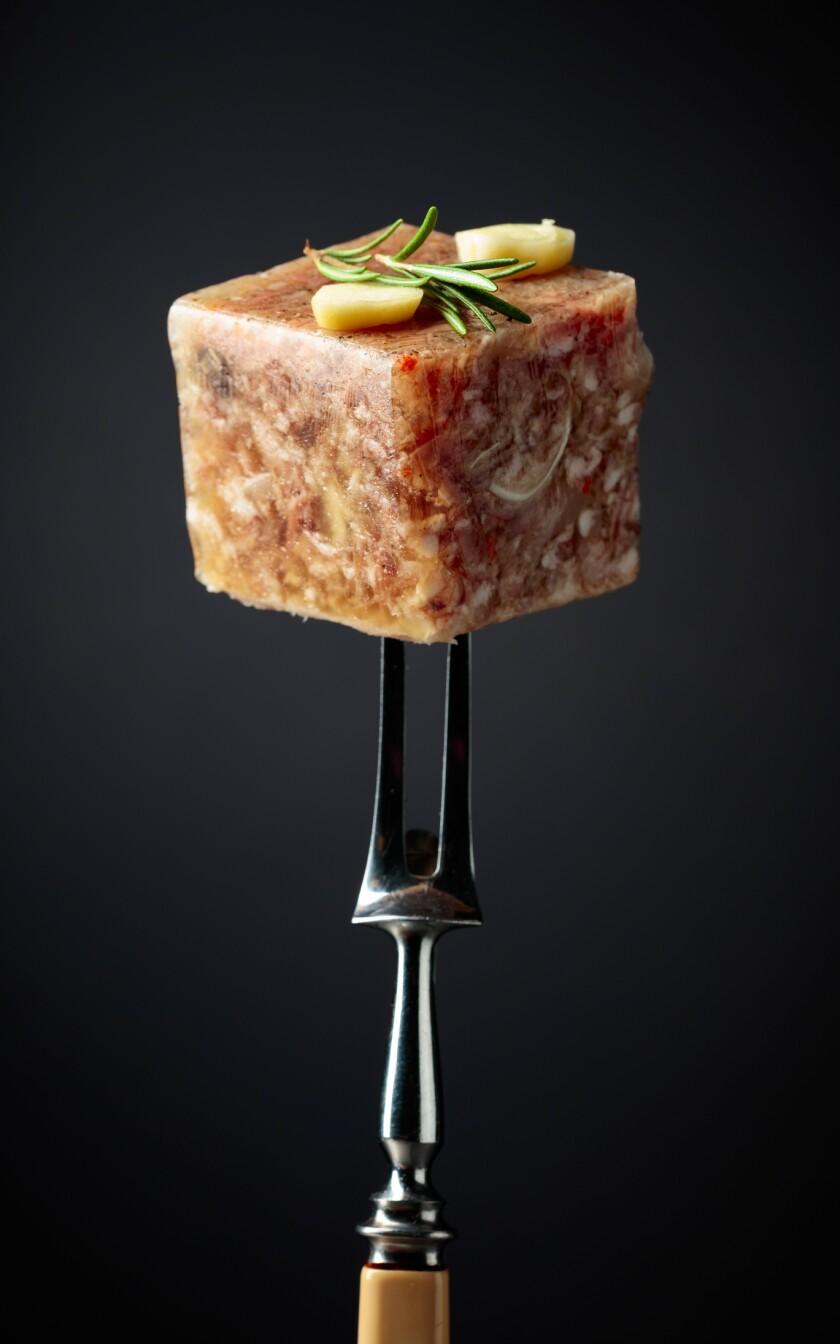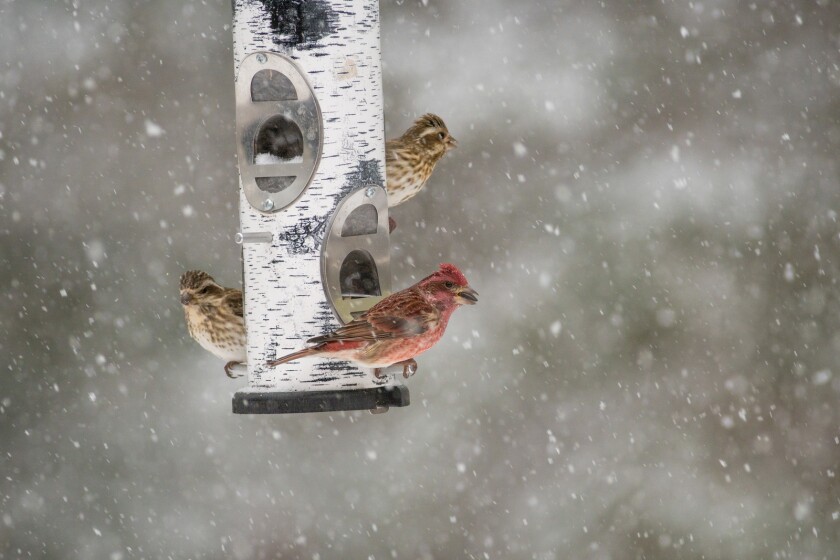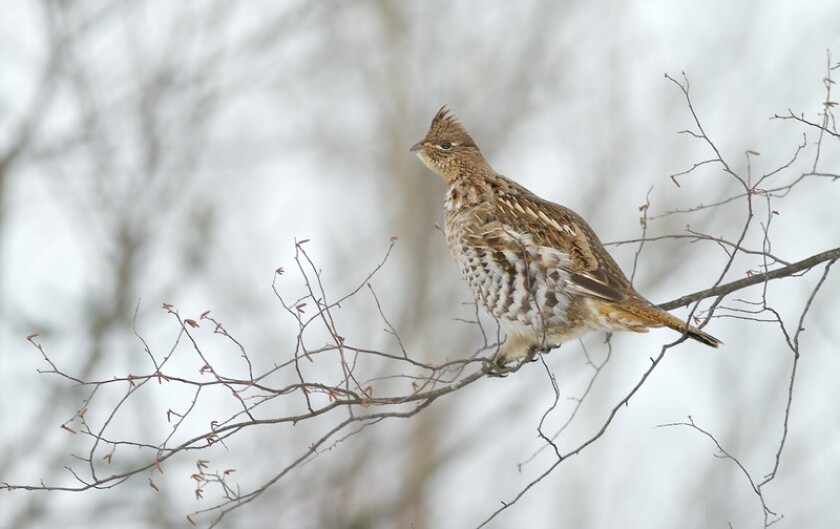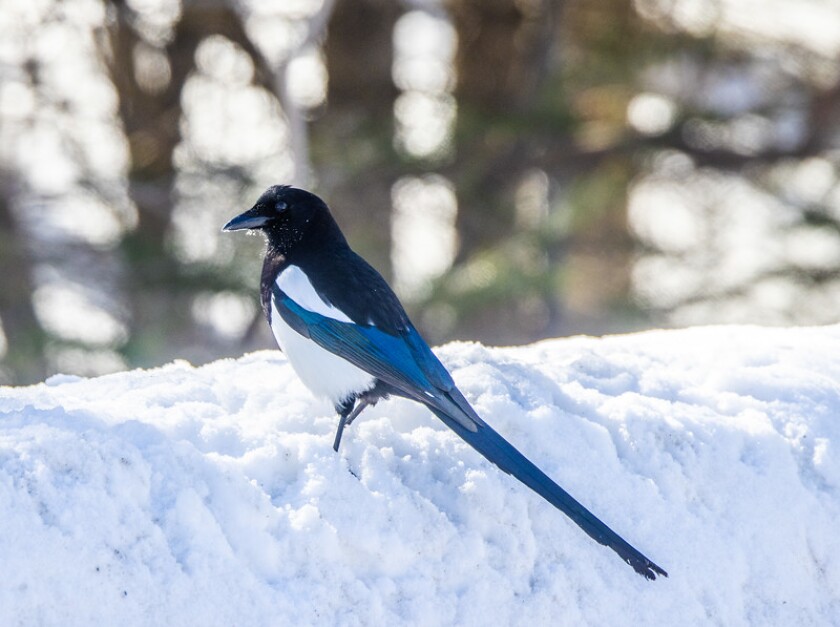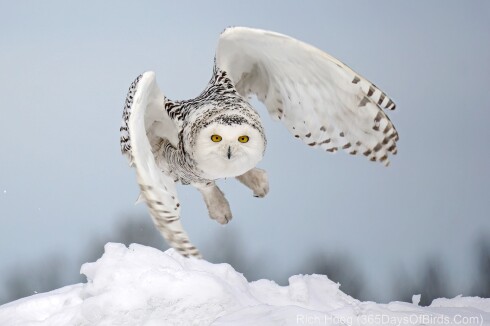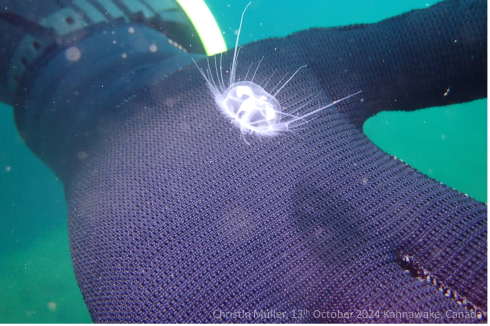Mid-December is a time of cold, snow, ice and darkness. Though the cold, snow and ice may vary from year to year, the darkness is a consistent annual phenomenon.
We will soon be at the winter solstice (Dec. 21) and this registers as the “shortest day of the year.” With sunrise at 7:51 a.m. and setting at 4:23 p.m., we have slightly more than eight and one-half hours of daylight. This is offset by the 15 and one-half hours of darkness.
ADVERTISEMENT
It is interesting to note that though Dec. 21 is the shortest daylight of the year, it is not the time of the earliest sunsets. That happens at 4:20 p.m., as seen Dec. 7-14.
With all this darkness at this time of year, many local critters (birds and mammals) that remain for the winter need to cope. Among the birds, most are active in the shrinking daylight hours. They feed on as much as they can, usually seeds, to build up energy to survive the cold darkness of night. We see this with the birds that come to our feeders, but some feed away from our handouts.
Mammals continue to be nocturnal in the cold and the movement of these furry critters will outnumber that of the diurnal ones. In the darkness, we may seldom see these night wanderers. But they do leave tracks telling of their activities.
Virtually every day, the snow will hold the messages of moving mice, rabbits, hares, porcupines, deer, foxes, coyotes, wolves, bobcats, weasels, skunks, raccoons and shrews. And yet, we normally do not see them.
Another mammal of the darkness that does not leave tracks but is very active is the flying squirrel. Their nocturnal world is in the trees, not usually going to the ground. But this is also the time of the hunting nocturnal birds: the owls.
A dozen kinds of owls can be found in this state for those who search diligently. Some owls are in the south or west: barn, screech and burrowing. Others are seasonal, going south in the cold: short-eared and long-eared.
Each year, we look for arrivals from the north that stay for winter. These owls range from small to large: saw-whet, boreal, hawk, great gray and snowy. But when it comes to owls that do not migrate and remain permanent Northland residents, there are two: great horned and barred.
ADVERTISEMENT
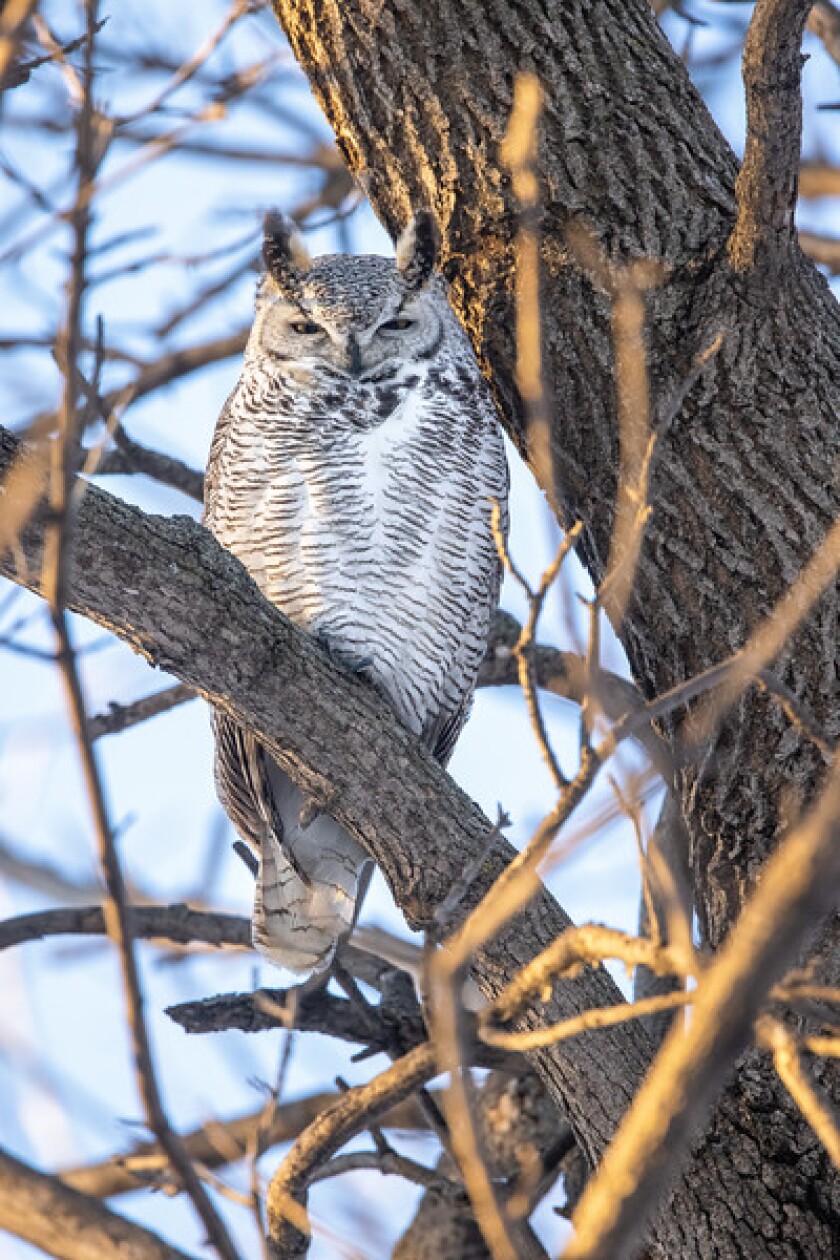
I have found that these two were common and regularly calling in the darkness (sometimes in the day) for much of the summer and autumn this year. They are quite different. Both are large, usually more than 20 inches long, with wingspans of about 3 feet. But seeing or hearing them, we can easily discern these resident owls.
The great horned lives up to its name with “ear tufts,” actually feathers, that stick up from the head. (They are neither horns nor ears.)
Barred owls have a rounded head but no ear tufts. They get the barred name from the arrangement of the feathers on the underside.
Both kinds will frequently give calls that separate them. Great horned produce a series of three to eight deep hoots. Barred make a different noise, often described as saying “who-cooks-for-you (you-all).” Various other sounds can be a loud “hoo-ah” or even screaming or “cackling.”
This year, these resident owls have been regular companions on my pre-dawn walks in summer, fall and winter. Both are predators and keep the number of rodents in check, but will also catch larger prey. Despite the dark and cold, I expect to continue to note these two resident owls in winter.

